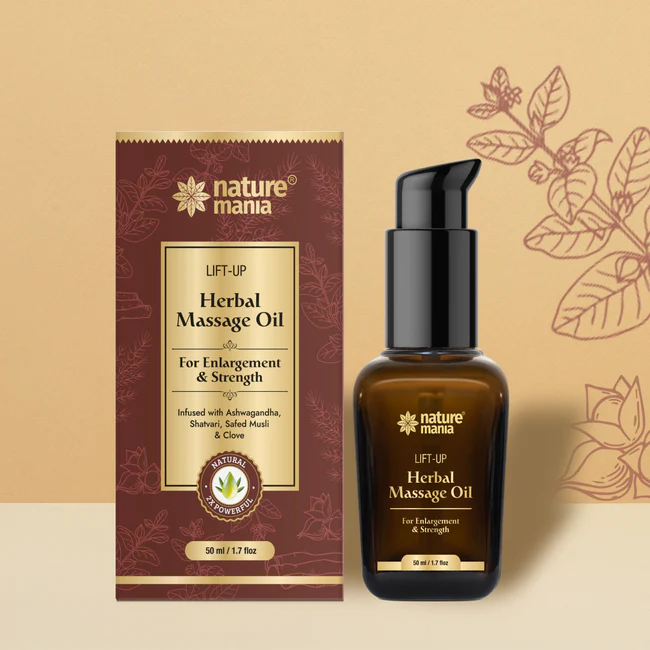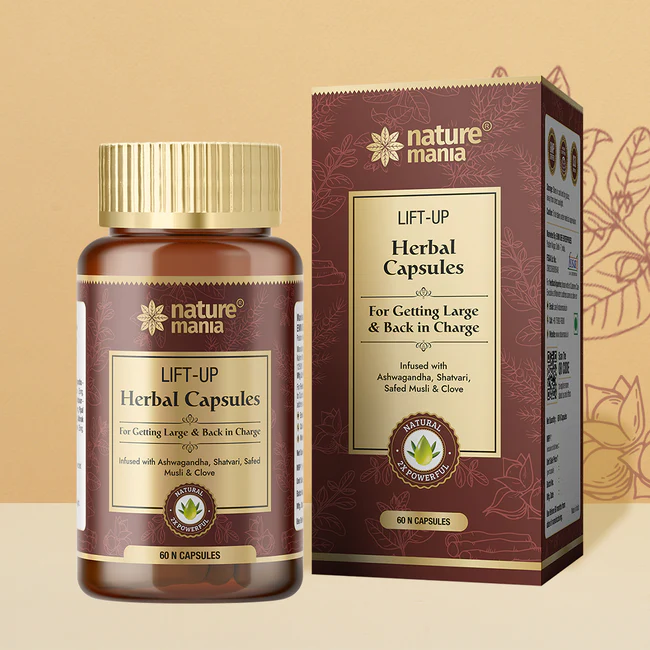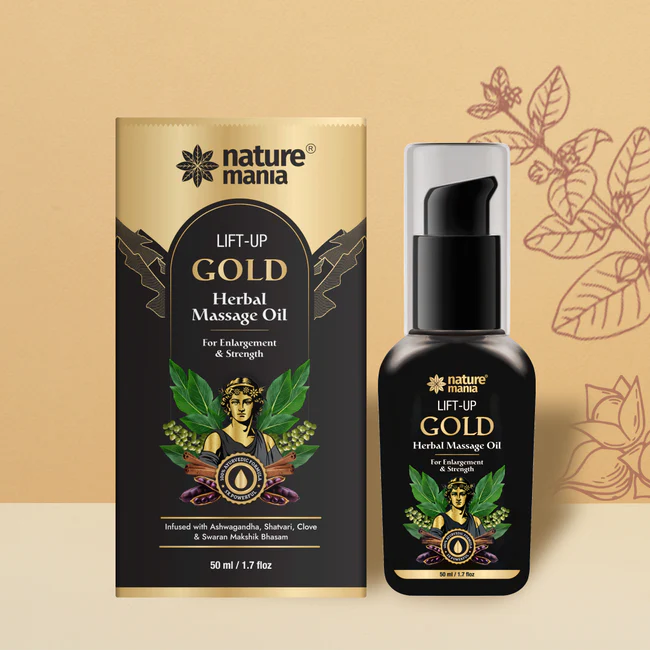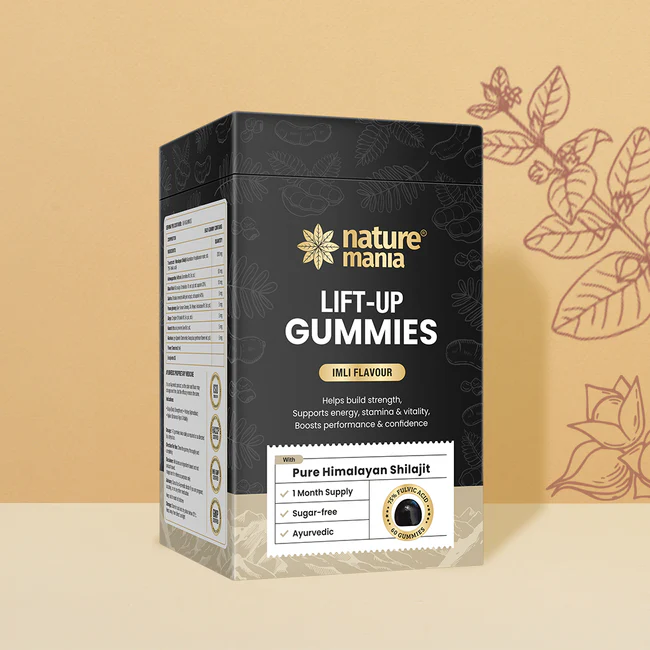When it comes to sex, myths and misinformation often spread faster than facts. Many people rely on half-truths, rumors, or outdated beliefs that not only misguide them but also put their sexual health at risk.
Safe sex isn’t just about preventing pregnancy, it’s also about protecting yourself and your partner from sexually transmitted infections (STIs), building trust, and ensuring overall well-being.
Yet, despite awareness campaigns, countless myths still circulate about condoms, contraception, and sexual practices.
In this blog, we’ll uncover the top 10 myths about safe sex that everyone should stop believing and replace them with medically accurate facts.

1. You don’t need protection if it’s your first time
Fact: STIs and pregnancy risks exist regardless of whether it’s your first time or not. The risk doesn’t depend on experience, it depends on whether you use protection. Condoms and other barrier methods should always be used from the very first sexual encounter.
2. Pulling out is a reliable method of birth control
Fact: The withdrawal method is one of the least reliable forms of contraception. Pre-ejaculate (pre-cum) can contain sperm, which means pregnancy is still possible even if withdrawal happens on time. It also offers no protection against STIs.
3. Condoms ruin pleasure
Fact: Modern condoms are designed to be ultra-thin, textured, and even come in different varieties to enhance sensation. With proper use and fit, they can actually increase confidence and reduce anxiety, making intimacy more enjoyable rather than less.
4. You can’t get pregnant during your period
Fact: While the chances are lower, pregnancy during menstruation is still possible. Sperm can live inside the female reproductive tract for up to five days, and if ovulation happens soon after the period, conception can occur.
5. Two condoms are better than one
Fact: Using two condoms at once whether male or female creates friction that makes them more likely to tear. One properly used condom is always more effective than doubling up.
6. Oral sex is completely safe
Fact: Oral sex may carry a lower risk of pregnancy, but it can still transmit STIs such as herpes, HPV, gonorrhea, and syphilis. Using barriers like dental dams or condoms during oral sex can significantly reduce these risks.

7. STIs are always visible
Fact: Many STIs, like chlamydia or HPV, can remain asymptomatic for months or even years. Just because a partner “looks healthy” doesn’t mean they are STI-free. The only way to be sure is through regular medical testing.
8. You don’t need protection in long-term relationships
Fact: Even in committed relationships, protection is important unless both partners have been tested and are monogamous. Many couples skip protection too soon, increasing the risk of STIs if one partner has an undiagnosed infection.
9. Birth control pills protect against STIs
Fact: Oral contraceptives are highly effective at preventing pregnancy when taken correctly, but they do not protect against STIs. Combining birth control pills with condoms offers both pregnancy prevention and infection protection.
10. You can’t get pregnant if you have sex standing up or in water
Fact: Pregnancy is determined by whether sperm reaches the egg, not by sexual position or location. Whether sex happens standing, sitting, or in water, if sperm enters the vagina, pregnancy can occur.
Conclusion
Safe sex is about knowledge, awareness, and responsibility. Myths and misinformation not only put people at risk of unwanted pregnancies but also expose them to serious health complications from STIs.
By debunking these common myths, we can normalize open conversations about sexual health and make informed choices that protect ourselves and our partners.
Remember, using protection consistently, getting regular STI checkups, and communicating openly with your partner are the cornerstones of safe sex. It’s not about limiting pleasure, it’s about ensuring safety, trust, and long-term well-being.
FAQs
1. What is the safest method of contraception?
Condoms are the most effective for STI prevention, while combining them with hormonal birth control offers maximum protection against both pregnancy and infections.
2. How often should I get tested for STIs?
If you’re sexually active, testing at least once a year is recommended. More frequent testing may be needed if you have multiple partners.
3. Can you reuse a condom?
No. Condoms are strictly single-use. Reusing them drastically increases the risk of breakage and infection.
4. Are female condoms as effective as male condoms?
Yes. When used correctly, female condoms are about as effective as male condoms and also provide STI protection.
5. Is lube necessary when using condoms?
Yes, lubrication helps reduce friction and prevents condom breakage. Always use water-based or silicone-based lubricants oil-based products can damage latex condoms.










